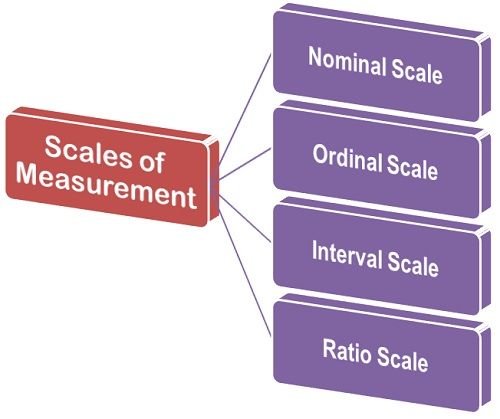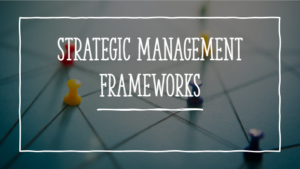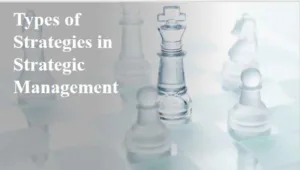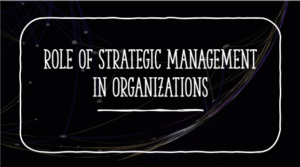In an organization, the strategy can be divided into three main categories or types based on hierarchy or level. These three types of strategy are.
- Corporate level strategy
- Business level strategy
- Functional level strategy
1:- Corporate level strategy
In corporate level strategy, an organisation determines the scope and overall direction of the business. The main questions to be answered in corporate level strategy are
- What businesses should the company focus?
- What geographic markets should the company target?
- What should be the scope of the business?
- What should be the overall direction of the business?
There are three main types of corporate strategy that an organisation can adopt.
Expansion strategy:
In expansion strategy, an organisation decides to expand the market size or scope of the business. This strategy can also be termed as the growth strategy. An organisation can expand the business through vertical integration, horizontal integration, acquisition, merger, or expanding the business in new markets. The organisation can also expand the business by adding more product lines in the existing business. An organisation can also expand the business by entering new geographic markets. Ansoff matrix is widely used to adopt decisions to expand the existing market, diversify the business into new product lines or new markets, or introducing new products in the existing markets.
Stability Strategy:
Organisations strive to sustain the existing market share, size, and scope of the business under stability strategy. The purpose of stability strategy is to sustain the existing operational and financial performance of the business. It focuses on establishing the business.
Retrenchment strategy:
This strategy focuses on ensuring the financial stability of the business. It focuses on eliminating the products and services that are not profitable for the organisation. Organisations may shut down the business units that are not performing well or may sell these business units to other companies. For example, a company experiencing loss in the beverages division decides to sell the whole division to another company to avoid losses. It is an example of retrenchment strategy.
2:- Business level
This strategy focuses on competing in the target markets with other competitors. Business level strategy is different for different markets and different products. Porter’s generic strategies are usually used to guide the business level strategy.
Cost leadership and differentiation can be used to compete in the target market with other competitors. In case of cost leadership, an organisation decides to offer products to customers at a lower price compared with the competitors. The focus of cost leadership is competing based on low price, not on quality. Usually, businesses target customers with lower purchasing power when competing through cost leadership. Infinix, Xiaomi, Vivo, and Oppo are examples of smartphone brands competing through cost leadership.
In differentiation strategy, organisations decide to compete based on quality and sell their products at a premium pricing. Businesses use high quality materials, sophisticated processes, and sell products to customers with high purchasing power. Supply chains and processes are designed to deliver highly differentiated products and services instead of offering products and services at a lower price.
3:- Functional Level
This is the lowest level strategy in an organisation. Functional level strategy is different for each functional department, like marketing, HR, operations, and finance strategy. These strategies focus on supporting the business level and corporate level strategies. Functional level strategies cannot conflict with the business or corporate level strategy. For instance, when a business focuses on offering the products at a lower price, the procurement strategy focuses on sourcing materials from suppliers at the lowest prices.
The operations department uses strategies, like lean management, to eliminate wastes and reduce the cost of production. Businesses manufacture products in large quantity using mass production to reduce the production costs using economies of scale. In contrast, Research and Development, talent management, and automation are used by organizations to improve the product quality and performance when using differentiation to compete with competitors. Functional level strategies are also different for each product line to support the business and corporate level strategy.
Also Read Strategic Management Frameworks
Check Out INNOVIDEA for more articles



